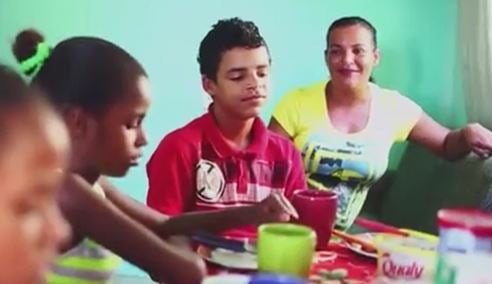
Celina Maria migrated from Bahia to Rio de Janeiro when she was just 17 and pregnant with twins, without completing her education and therefore have had difficulties finding good formal jobs. Over her life, she faced many challenges from being homeless to unemployed, while living in food insecurity with her children. Like Celina Maria, millions of people around the globe face multiple constraints – low earnings, limited assets, low human capital, idiosyncratic shocks and exposition to natural shocks, violence, and more – yearning to live with dignity and a decent and economically independent life.
To address the diverse needs of the poor, many countries offer a myriad of social benefits and services. Despite good intentions, this can lead to fragmentation in the absence of a clear strategy and coordinated processes and systems.
For individuals and households, such fragmentation means lacking proper information about certain programs and claiming support from different actors, traveling from office to office across town, waiting in long lines, and repeatedly providing the same documents. In the end, people experience frustration due to complicated bureaucracy, and incur significant personal costs due to the time and money spent navigating through this process.
For administrators, fragmentation can result in higher administrative costs, duplications in processes, and lack of coordination in determining eligibility for programs that aim to serve common population groups.
Social registries – key tool for social assistance programs
This is where social registries come in. Social registries are information systems that support the processes of outreach, registration, and assessment of needs and conditions that help determine the potential eligibility of individuals, families or households for one or multiple programs.

Social registries serve both a social policy role, as inclusion systems, and an operational role, as information systems. They provide a “gateway” for potential inclusion of intended populations into social programs while reducing private and public transactions costs by simplifying certain steps, such as registration.
Key ingredients for operating an effective Social Registry include inter-institutional coordination, common eligibility concepts and a shared registration questionnaire, and capabilities for information sharing and data exchange.
Social registries as platform for dynamic inclusion
As poverty is dynamic and people are vulnerable to shocks, some social registries serve as a platform for dynamic inclusion when access to registration is open and continuous. This dynamism is closely related to the human rights agenda and the progressive realization of universal social protection, whereby anyone who needs social protection can access it at any time.
Integrated social registries as platforms for social assistance and beyond
When multiple programs use a common social registry (or “Integrated Social Registry”), they can play an important social policy role in helping coordinate efforts to reach beneficiaries, thereby facilitating synergies across programs and delivering complementary benefits and services.
Indeed, social registries can serve as a powerful platform that can extend access to services well beyond traditional social assistance programs. They can facilitate potential beneficiaries’ access to a wide range of interventions, such as: cash transfers (either conditional or unconditional) that are usually targeted to the poor, vulnerable, or low-income groups; social pensions; health insurance or health care subsidies; utility and transport subsidies; education; skills, labor and employment programs; housing programs; sustainable livelihoods; agriculture, land, or environmental conservation; emergency assistance; in-kind benefits, social services; legal services; war veterans benefits; and a range of sub-national programs (often including similar types of benefits and services).
For administrators, integrated and dynamic social registries can improve coordination. Resources are shared across sectors, reducing administrative costs. Data quality, accuracy and coordination in identifying potential beneficiaries can also be improved. More importantly, integration can lead to increased responsiveness in registering for social programs in times of crisis.
For individuals and households, an integrated and dynamic social registry can make registration and eligibility processes much simpler – facilitating their access to potential social programs. Simplification and improved communication allows the population to know when and where they can register, have clear knowledge of the process, information and documents they need to present at registration. They will also know how to check on their application status or file a grievance, and when they will be notified of eligibility and enrollment decisions.
In Celina Maria’s case, Brazil’s integrated social registry (“Cadastro Unico”) allowed her to register for potential eligibility for 30 social programs, including cash assistance under the Bolsa Familia program, social energy tariffs, housing assistance, and much more. For millions of people in countries all over the world where social registries are being developed, they can now efficiently access a broader set of services that address the diverse needs of the poor and vulnerable.
View the guidance note and assessment tool on social registries here.
Follow the World Bank Social Protection team on Twitter @wbg_splabor.
Related:





Join the Conversation